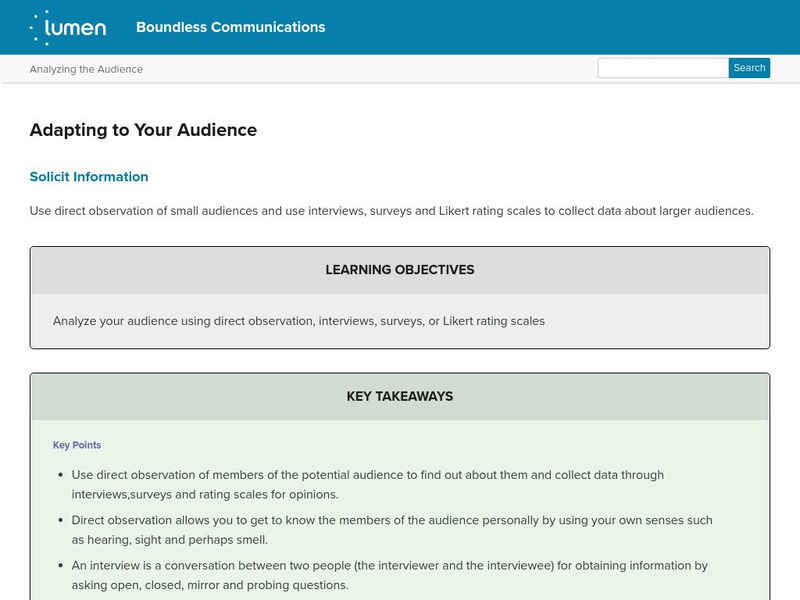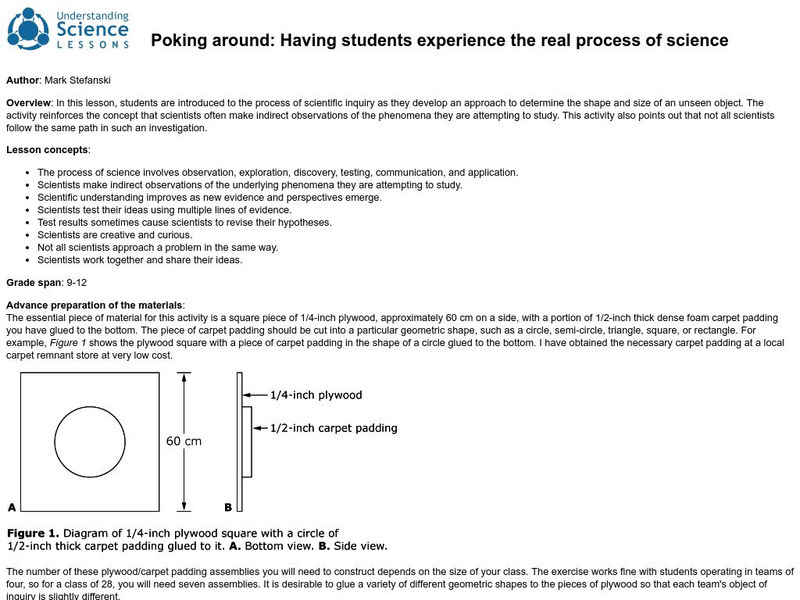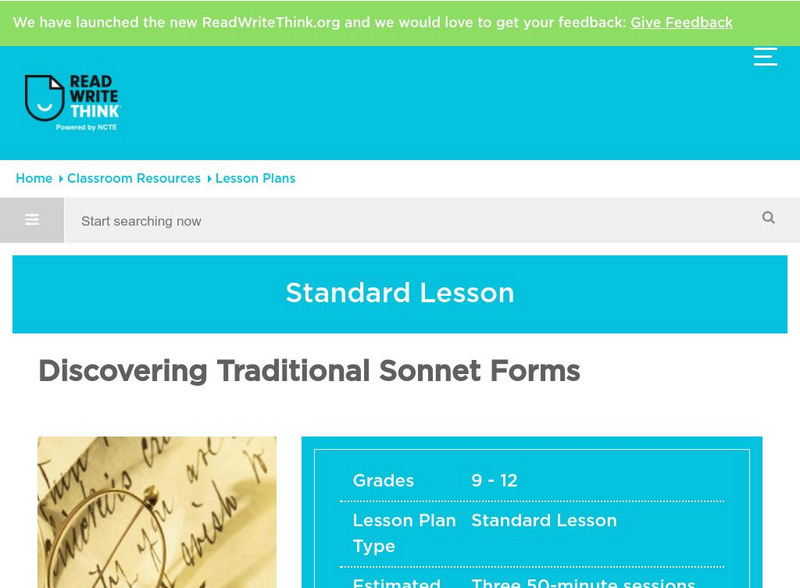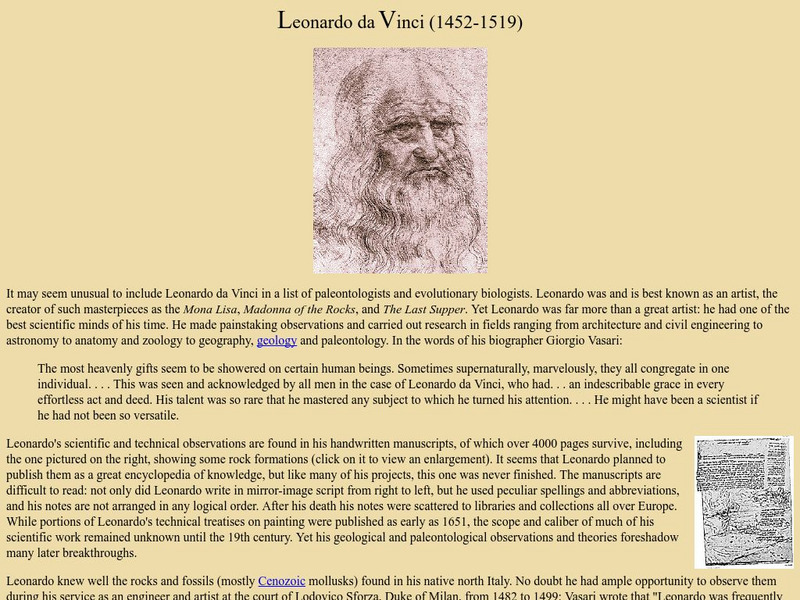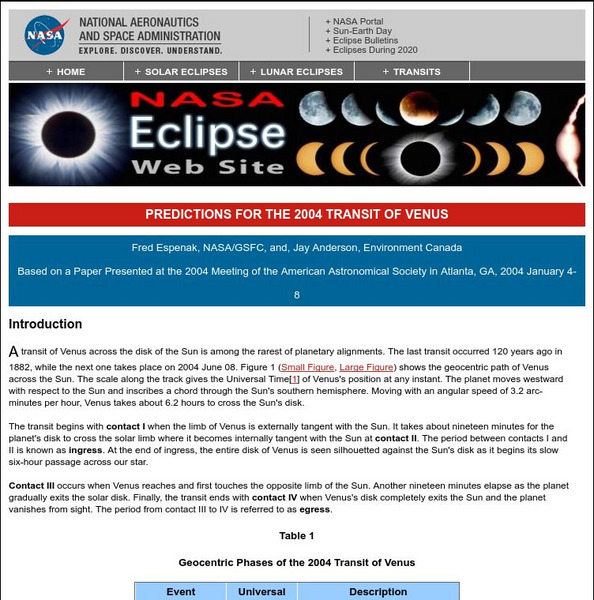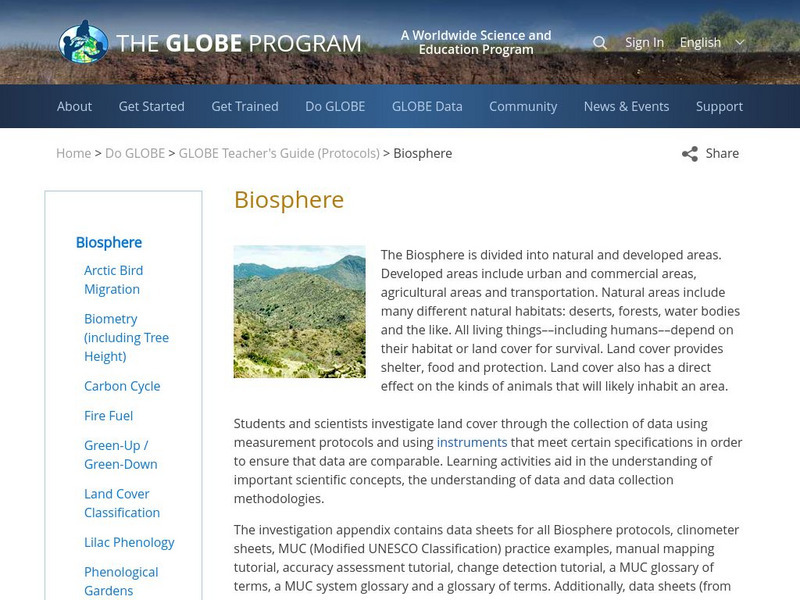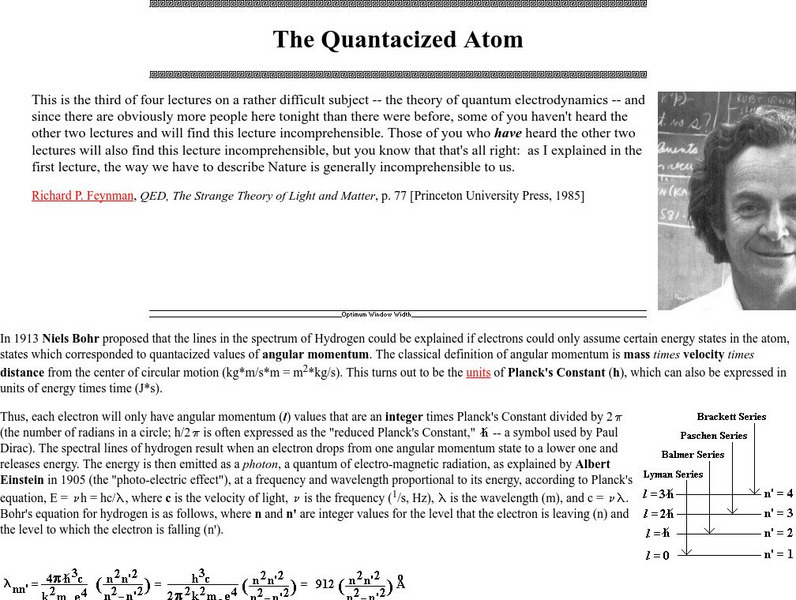PBS
Pbs Learning Media: Observing Refraction of Light
This video segment adapted from Shedding Light on Science illustrates how light changes speed, and thus direction, in a process known as refraction. Includes background reading and discussion questions. [2:05]
ReadWriteThink
Read Write Think: Webcams in the Classroom: Animal Inquiry and Observation
Observe animal behavior patterns and their habitats using one of the many webcams broadcasting from zoos and aquariums around the United States and the world in this inquiry-based activity that focuses on observation logs, class...
Annenberg Foundation
Annenberg Learner: Journey North: Gray Whale Migration Study
Follow gray whales as they make their long journey from Mexico to their feeding grounds in the Arctic. This webpage gives students background information and up to date news about the migration of the gray whales. Also, students can...
Other
Science4 Us: Observing Matter
Students begin to learn the words to describe matter correctly and accurately, learning important skills for communicating scientific information. They will also observe using their senses and scientific tools to measure numerical...
ReadWriteThink
Read Write Think: Book Sorting: Using Observation and Comprehension
Critical thinking, comprehension and analysis skills are the focus of this physical activity. Good beginning to teaching different ways of looking at things.
Other
Science4 Us: Science Tools
The Tools module introduces students to the tools scientists use for both qualitative and quantitative observations. Students learn to use tools such as their senses, rulers, and balance scales through hands-on activities.
Smithsonian Institution
Smithsonian Education: Minerals, Crystals, and Gems
Through this series of three lessons, students will gain an understanding of the basics of mineral science. In their investigation they will also work through the scientific process as they practice their observation skills, form...
Lumen Learning
Lumen: Boundless Communications: Adapting to Your Audience
This lesson plan focuses on adapting your speech to your audience including analyzing your audience using direct observation, interviews, surveys, or Likert rating scales and then apply knowledge about the audience to adjust the message...
University of California
University of California at Berkeley: Understanding Science: Poking Around
Students work in groups to develop an understanding of the size and shape of an object hidden beneath a plywood board, asking questions, testing their reasoning, and drawing conclusions, as scientists do. Students are never permitted to...
ReadWriteThink
Read Write Think: Discovering Traditional Sonnet Forms
This lesson plan allows students read various sonnets and chart the basic characteristics of the poem, using their observations about traditional sonnet forms. After, students write original sonnets, using one of the poems they have...
Illustrative Mathematics
Illustrative Mathematics: S Ic, S Id High Blood Pressure
The purpose of this task is to assess understanding of how study design dictates whether a conclusion of causation is warranted and whether there can be a cause-and-effect conclusion. Explanations are provided.
ReadWriteThink
Read Write Think: Guess What's in the Bag a Language Based Activity
Contains plans for a language activity called "Guess What's in the Bag." Students try to guess the object in a bag in order to develop descriptive language, listening, and problem solving skills. In addition to objectives and standards,...
Better Lesson
Better Lesson: Cornerstone: Peer Review Fishbowl
In this lesson, 6th graders are shown what an effective peer review session looks and sounds like. While observing it, students have a silent discussion online about what they notice. They then fill in a peer review goal setting worksheet.
AdLit
Ad lit.org: Using Technology to Support Struggling Students
Science learning often involves creating abstract representations and models of processes that we are unable to observe with the naked eye. Learn more about visualizing, representing, and modeling to aid struggling learners.
University of California
Ucmp: Leonardo's Contributions to Science
Information about Leonardo da Vinci's observations of the natural world. An insightful commentary on the scientific achievements of the Renaissance.
NASA
Nasa: Predictions for the 2004 Transit of Venus
NASA site provides detailed information on the 2004 transit of Venus across the sun. Also explores the modern value of Venus transits and how they aid in the study of astronomy.
Other
The Good News: Would Jesus Keep Easter?
An article discussing the true meaning of Easter and the commercialized version of Easter. Article is from a Christian magazine.
Lumen Learning
Lumen: American and Puritan Literature: Sinners in the Hands of an Angry God
"Sinners in the Hands of an Angry God" is a sermon written by British Colonial Christian theologian Jonathan Edwards, preached to his own congregation in Northampton, Massachusetts to an unknown effect, and again on July 8, 1741, in...
Globe
The Globe Program: Biosphere
Website from Global Learning and Observations to Benefit the Environment (GLOBE) Program with comprehensive learning and field study resources on the biosphere in which students use materials and data to make observations and learn about...
Exploratorium
Exploratorium: Cern: Antimatter
A wonderfully written non-technical introduction to antimatter, as well as a brief discussion of the investigation into the asymmetry between the quantities of matter and antimatter observed in our universe.
British Library
British Library: Hardy's Tess of the D'urbervilles: Fatalism & Sexuality
In this lesson, students will explore sources related to two key ideas in Thomas Hardy's work: that of people being unable to control their fate, and the imbalance between a man's place and a woman's place in society. Through their study...
Other
U. Of Wisconsin: Formulating Statistical Questions and Collecting Data
This slideshow gives a detailed explanation of the characteristics of statistical questions and how they differ from other types of questions, the types of studies, and the methods for collecting data. It describes the case of Clever...
NASA
Nasa: Precipitation Towers: Modeling Weather Data
This instructional activity uses stacking cubes as a way to graph precipitation data, comparing the precipitation averages and seasonal patterns for several locations. Variations on the instructional activity can accommodate various ages...
Friesian School
Proceedings of the Friesian School/the Quantacized Atom
A very lengthy page from friesian.com discussing Bohr's theory of electronic energy levels and the explanation of commonly observed atomic emission line spectra. The concept of a photon and Einstein's observation of the photoelectric...
Other popular searches
- Science Observation Skills
- Observation Skills Ppt
- Observation Skills Nursing
- Observation Skills Forensics
- Tefl Observation Skills
- Observation Skills Pot
- Observation Skills Scince





